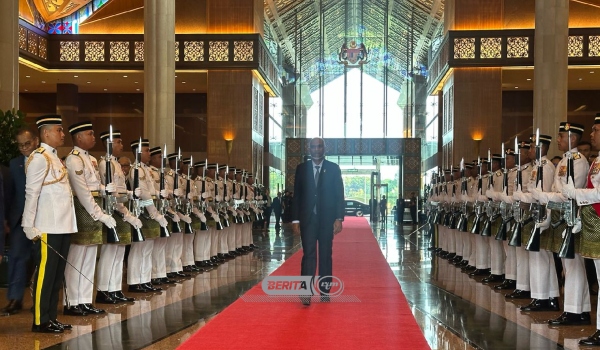The Russian government is actively deliberating the imposition of crypto mining restrictions across 13 regions to mitigate energy shortages, particularly during peak demand periods. This decision follows the enactment of specific laws aimed at regulating the crypto mining sector.
On November 19, Deputy Prime Minister Alexander Novak chaired a commission meeting focused on the electric power industry’s development, where the potential constraints on crypto mining were a significant topic. The regions under consideration for these restrictions include major crypto mining areas such as the Irkutsk region, as well as the territories currently occupied by Russia, including Donetsk, Luhansk, Zaporizhzhia, and Kherson.
The proposed regulatory measures would target areas with known power supply challenges, aiming to prevent electricity shortages that are common in the autumn and winter seasons. If implemented, these restrictions would remain in effect until 2031. Regions particularly noted for these limitations include:
- Entire Irkutsk region
- Parts of the Republic of Buryatia
- Areas within the Zabaikalsky Krai
- Additional restrictions in the Republic of Dagestan, North Ossetia-Alania, Ingushetia, Chechen Republic, Kabardino-Balkarian Republic, and the Karachay-Cherkess Republic.
Local Mining Operations
Irkutsk, a key hub for Russia’s crypto mining due to its cheap electricity and favorable mining conditions such as cold climate and significant hydroelectric potential, would be significantly affected. Companies like BitRiver, which operates the largest data center in Bratsk launched in 2019, rely heavily on the region’s low-cost hydroelectric power. Bratsk’s hydroelectric station alone boasts a capacity of 4,500 megawatts, marking it as one of Russia’s largest hydroelectric producers.
Recent laws signed by President Vladimir Putin in August and October 2024 have established a regulatory framework for crypto mining. However, these laws also introduce several restrictive measures, such as banning foreign nationals from mining activities within Russia and granting the government the authority to prohibit mining in regions prone to energy shortages. These changes have spurred criticism from industry stakeholders who argue that the legal framework still leaves significant uncertainties, particularly concerning operational regulations.
| Region | Restrictions Start | Expected Impact on Mining Operations |
|---|---|---|
| Irkutsk Region | 2025 | Major impact due to heavy reliance on hydroelectric power |
| Donetsk, Luhansk, Zaporizhzhia, Kherson | 2025 | Impact due to ongoing geopolitical tensions and energy needs |
| Republics of Dagestan, North Ossetia-Alania, Others | 2025 | Moderate impact, varies by regional energy availability |
Russia’s decision to restrict crypto mining in key regions poses a complex challenge: balancing the nation’s energy needs with its aspirations for technological and economic growth. While the intent to conserve energy during peak times is pragmatic, especially given the expansive energy needs during harsh winters, the restrictions may stifle innovation and economic opportunities in a sector that is rapidly evolving and holds substantial economic potential. As the world leans more into digital economies, Russia’s restrictive stance could either safeguard its energy reserves or hinder its progress in the global tech race, depending on how these policies are implemented and adjusted in response to the dynamic needs of its energy and technological sectors.












